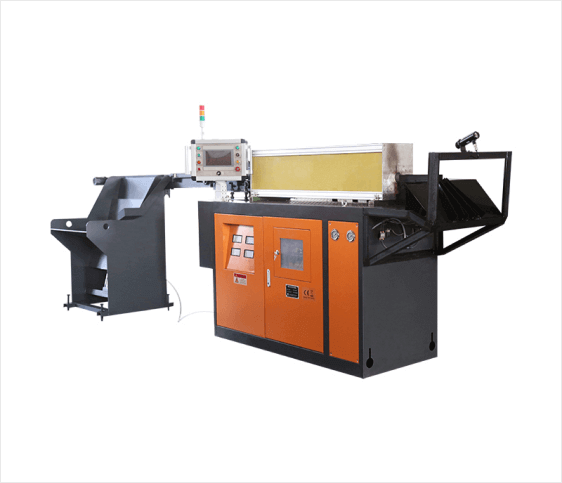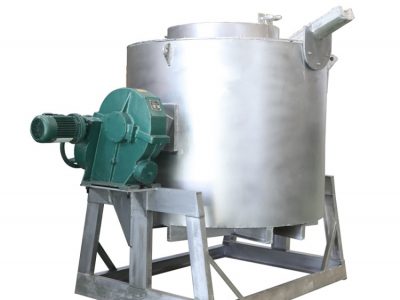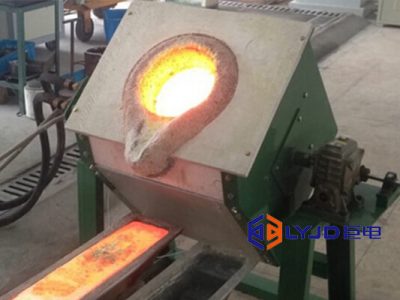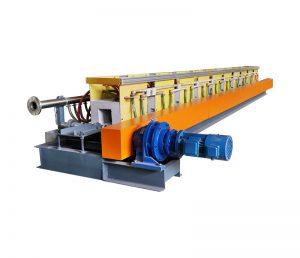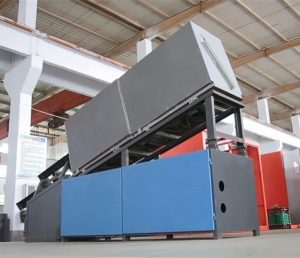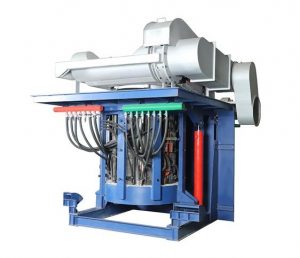Induction furnaces are divided into two types: induction heating furnaces and induction melting furnaces. No matter which one, heating speed is an important indicator to measure the performance of an induction furnace. So, what methods can be used to increase the heating speed of an induction furnace?
Optimize sensor design
The sensor is the heart of the induction furnace, and its design directly determines the heating efficiency. To improve this efficiency, we can consider using a more advanced coil structure, such as using multi-layer winding, or through precise calculation, increasing the number of turns of the coil to enhance the magnetic field strength. At the same time, the material of the coil is also a key factor. You can choose materials with better conductivity, or use surface treatment technology to improve the wear resistance and corrosion resistance of the coil.
Increase power supply power
The size of the power supply power directly affects the intensity of the electromagnetic field generated by the induction furnace, which in turn determines the heating speed. Therefore, increasing the power supply is a direct and effective way to increase the heating speed. This can be achieved by upgrading the power supply equipment, optimizing the power circuit design, or using higher power power modules.
Choose the appropriate frequency
The frequency of induction heating is closely related to the properties of the heated material. Different materials have different frequency responses, so it is very important to select the appropriate induction frequency according to the characteristics of the material. Generally speaking, higher frequencies can achieve faster heating speeds, but equipment affordability and energy consumption issues also need to be considered.
Improve the coupling between materials and sensors
The coupling between materials and sensors directly affects the heating effect. To ensure good electromagnetic coupling, we need to ensure that there is an appropriate gap between the material and the sensor to avoid excessive distance causing a weakening of the magnetic field strength. At the same time, magnetically permeable materials, such as ferrite, can be used to enhance the material's response to the magnetic field.
Optimize the charging of the furnace charge
A reasonable charging method of the furnace charge can reduce the gaps and overlaps between materials, so that the magnetic field is more evenly distributed in the materials, thereby improving the uniformity and speed of heating. This can be done by improving the filling process, using specialized filling tools, or performing numerical simulations to optimize the filling method.
Control the atmosphere in the furnace
The atmosphere in the furnace also has a certain impact on the heating speed. For example, in some cases, the use of inert gas or reducing atmosphere can reduce the oxidation reaction on the surface of the material, thereby increasing the heating rate. Therefore, it is very critical to select the appropriate furnace atmosphere according to the needs of the heated materials.
Preheating materials
Before induction heating, preheating materials can effectively reduce the initial heating time. Preheating can be achieved by other heating methods, such as electric furnace preheating or gas preheating. By preheating, the temperature of the material can be raised close to the required heating temperature, thereby speeding up the induction heating.
Regular maintenance of the induction furnace
During the long-term operation of the induction furnace, components such as the sensor and power supply may be affected by wear or dust accumulation, resulting in a decrease in its performance. Therefore, regular maintenance of induction furnaces is very necessary. This includes cleaning the dirt on the sensor surface, checking the connection of the power line, replacing seriously worn parts, etc.
Adopt advanced control systems
With the development of technology, intelligent control systems have been widely used in various industrial equipment. For induction furnaces, advanced control systems can monitor and adjust heating parameters, such as power, frequency and time, in real time, thereby achieving more precise control and higher heating speeds. At the same time, the control system can also record and analyze data during the heating process to provide data support for optimizing the heating process.
Cooling system optimization
The induction furnace will generate a large amount of heat during operation. If it cannot be dissipated in time, it may cause the inductor, power supply and other equipment to overheat and be damaged. Therefore, a good cooling system is crucial to ensure the normal operation of the induction furnace and improve heating efficiency. Optimizing the cooling system can include improving the cooling water circuit design, increasing the heat dissipation area, using more efficient cooling media, etc. By optimizing the cooling system, you can ensure that the sensor and power supply maintain good performance under long-term high-load operation.
These methods can be used comprehensively according to specific circumstances, but it should be noted that excessive pursuit of heating speed may affect heating quality and equipment life. Before making any improvements, it's best to seek advice from a professional or the equipment manufacturer.
